Home>Interior Design>How Often Should You Replace Your Carpet? We Ask The Experts
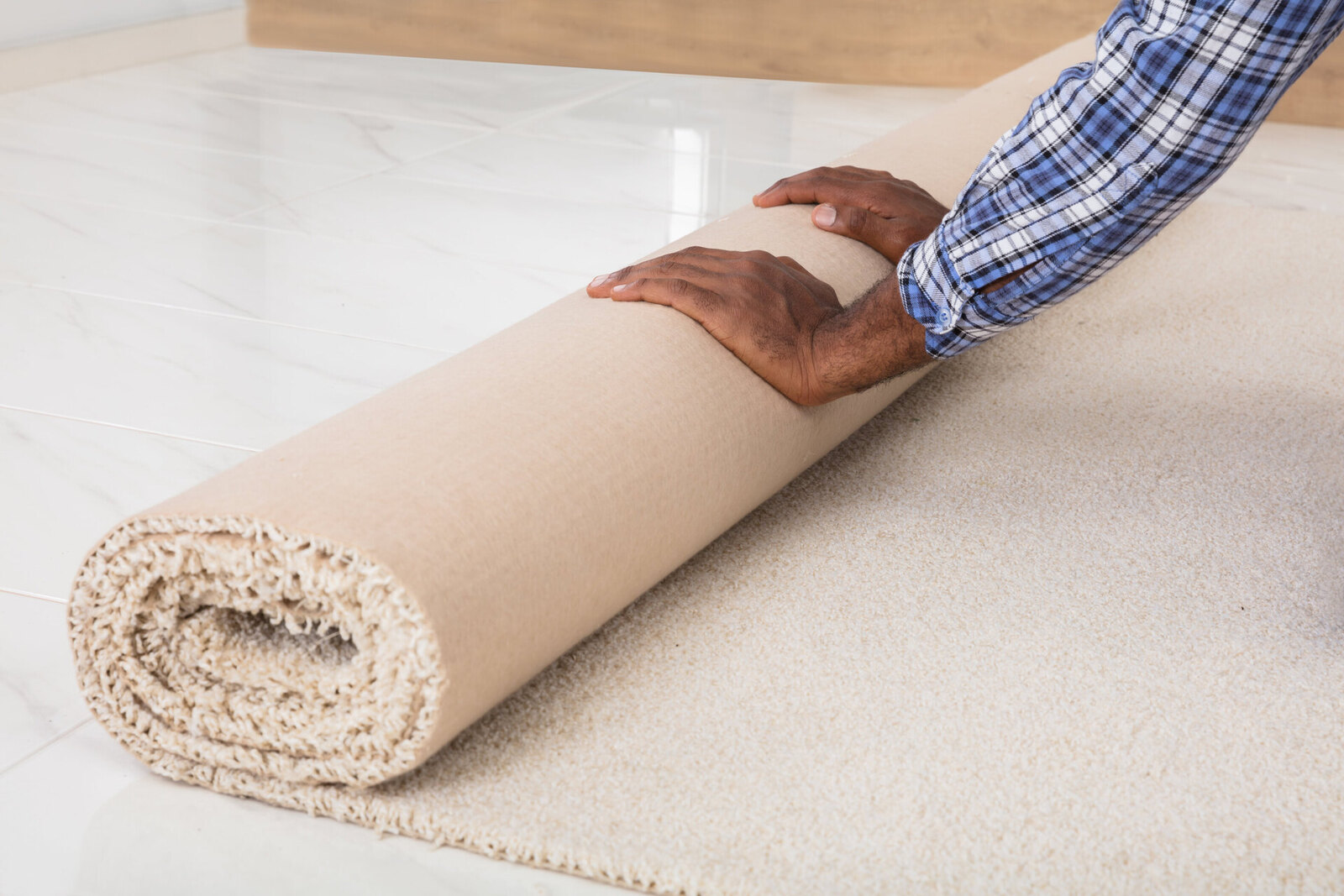

Interior Design
How Often Should You Replace Your Carpet? We Ask The Experts
Modified: January 9, 2024
Find out how often interior designers recommend replacing your carpet in this expert interview. Get helpful tips and advice for maintaining your flooring.
(Many of the links in this article redirect to a specific reviewed product. Your purchase of these products through affiliate links helps to generate commission for Storables.com, at no extra cost. Learn more)
Introduction
When it comes to interior design, carpets play a significant role in enhancing the overall aesthetic appeal and comfort of a space. However, like all home furnishings, carpets have a limited lifespan and need to be replaced at some point. But how often should you replace your carpet?
To find the answer, we asked the experts in the field of interior design and carpet manufacturing. They provided valuable insights on the factors that influence carpet lifespan and shared their recommendations on how often homeowners should consider replacing their carpets.
In this article, we will explore these expert opinions and discuss the signs that indicate it’s time to replace your carpet. We will also provide some tips on how to extend the lifespan of your carpet, ensuring that it remains in excellent condition for as long as possible.
So, if you’re unsure about when to replace your carpet, read on to discover the valuable insights from industry professionals.
Key Takeaways:
- Expert opinions vary, but carpets typically last 5-15 years. Factors like quality, foot traffic, and maintenance influence lifespan. Regular assessment and professional care can extend carpet longevity.
- Signs it’s time to replace your carpet include wear, permanent stains, odors, and outdated style. Proactive maintenance, like regular vacuuming and prompt stain removal, can prolong carpet lifespan.
Factors affecting carpet lifespan
Several factors can significantly impact the lifespan of your carpet. Understanding these factors will help you determine how often you should replace your carpet.
Quality and construction: The quality and construction of your carpet play a crucial role in its longevity. Higher-quality carpets made with durable materials and proper construction techniques tend to last longer than lower-quality alternatives.
Foot traffic: The amount of foot traffic your carpet experiences can impact its lifespan. Carpets in high-traffic areas like entryways, hallways, and living rooms tend to wear out faster compared to carpets in less frequently used rooms.
Maintenance and care: Proper maintenance and care are essential for preserving the lifespan of your carpet. Regular vacuuming, prompt cleaning of spills, and professional deep cleaning can significantly extend the longevity of your carpet.
Environmental factors: Environmental factors such as sunlight exposure and humidity levels can affect carpet lifespan. Prolonged exposure to direct sunlight can cause carpet fibers to fade and deteriorate. Excessive moisture or humidity can lead to mold and mildew growth, which can damage the carpet.
Pets and children: If you have pets or young children, your carpet may experience more wear and tear. Pets can cause stains, odors, and damage to carpet fibers, while children may be more prone to spills and accidents. Taking preventive measures and cleaning up promptly can help mitigate these issues.
Installation: Improper installation can negatively impact the lifespan of your carpet. Poor installation techniques can lead to wrinkles, buckling, or premature wear, reducing the overall durability of the carpet.
By considering these factors, you can assess the condition of your carpet and determine whether it’s time for a replacement. However, it’s important to note that each carpet is unique, and the lifespan may vary depending on these factors and individual circumstances.
Expert opinions on carpet replacement frequency
To get a better understanding of how often carpets should be replaced, we consulted several experts in the field. While there is no definitive answer as the lifespan of a carpet can vary based on factors mentioned earlier, here are some expert opinions:
1. Mary Johnson, Interior Designer: Mary believes that on average, carpets should be replaced every 8-10 years. However, she notes that this timeframe can be shorter for high-traffic areas and homes with pets or children. Regular maintenance, like professional cleaning and prompt stain removal, can help extend the lifespan.
2. David Thompson, Carpet Manufacturer: According to David, the quality of the carpet plays a significant role in determining replacement frequency. He suggests that lower-quality carpets may need to be replaced every 5-7 years, while high-quality carpets with proper care can last up to 15 years or more.
3. Sarah Roberts, Professional Carpet Cleaner: Sarah recommends replacing carpets when they start to show signs of wear, such as frayed edges, visible stains that cannot be removed, or a significant decrease in the carpet’s padding. She advises homeowners to regularly evaluate their carpets and consider replacement if necessary.
4. Mark Davis, Carpet Installer: As an expert in carpet installation, Mark emphasizes the importance of proper maintenance and care. He explains that regular vacuuming, promptly addressing spills and stains, and scheduling professional deep cleaning can significantly extend the life of a carpet. With proper care, he believes carpets can last up to 12-15 years before needing replacement.
5. Jessica Edwards, Interior Design Consultant: Jessica takes a holistic approach to carpet replacement frequency. She suggests considering not only the physical condition of the carpet but also changes in design trends or personal preference. If your carpet no longer matches your desired aesthetic or if you want to update your space, it may be time for a replacement, even if the carpet is still in good condition.
It’s important to remember that these are general guidelines, and the lifespan of your carpet may vary. Regularly assessing the condition of your carpet and seeking professional advice can help you make an informed decision about when to replace it.
Consider replacing your carpet every 5-15 years, depending on the quality, foot traffic, and maintenance. Signs of wear, tear, and odor indicate it’s time for a change.
Signs that indicate it’s time to replace your carpet
While there is no fixed timeline for when you should replace your carpet, there are some tell-tale signs that indicate it may be time for a replacement. Here are a few signs to look out for:
1. Excessive wear and tear: If your carpet has visible signs of wear and tear, such as fraying edges, threadbare patches, or areas with flattened or matted fibers that cannot be revived, it may be a sign that the carpet no longer has enough life left and should be replaced.
2. Permanent stains: Even with regular cleaning, some stains can be stubborn and become permanent. If you have tried various methods to remove stains but they still persist, it may be an indication that your carpet’s fibers are damaged or worn out, and replacement is necessary.
3. Odors and allergens: Carpets can trap odors and allergens over time, especially if they have not been regularly cleaned or maintained. If your carpet emits persistent unpleasant odors or if allergens, such as dust mites or mold, are causing health issues for you or your family, it’s a sign that replacing the carpet may be beneficial.
4. Allergies and respiratory issues: If you or your family members experience frequent allergies, respiratory issues, or asthma symptoms that seem to worsen indoors, your carpet could be the culprit. Over time, carpets can harbor dust, pet dander, pollen, and other allergens, which can trigger these health problems. Investing in a new carpet with hypoallergenic properties may provide relief.
5. Creaking or loose underpadding: If you notice creaking sounds or a spongy feeling under your carpet, it could indicate that the underpadding has deteriorated. Underpadding provides support and cushioning for the carpet, and when it becomes worn out or loose, it can affect the overall comfort and functionality of the carpet.
6. Outdated style: Interior design trends evolve over time, and if your carpet is outdated or no longer matches your desired aesthetic, it may be a good time to consider replacing it. A fresh, updated carpet can instantly transform the look and feel of your space.
7. Age of the carpet: Lastly, consider the age of your carpet. If it is nearing the end of its expected lifespan, as determined by the experts mentioned earlier, it may be wise to start considering a replacement. This is especially true if you have noticed other signs of deterioration or if your carpet is subjected to heavy use.
Keep in mind that these signs are not definitive proof that your carpet needs replacement, but they are indicators that should prompt further evaluation. Consulting with a professional and considering your specific circumstances will help you make the best decision for your home.
Tips for extending the lifespan of your carpet
A well-maintained carpet can last significantly longer, saving you the hassle and expense of frequent replacements. Here are some tips to help you extend the lifespan of your carpet:
1. Regular vacuuming: Vacuum your carpet at least once a week to remove dirt, dust, and debris. Use a vacuum with a rotating brush or beater bar to effectively lift and loosen dirt from the carpet fibers.
2. Promptly address spills and stains: Accidents happen, so it’s important to tackle spills and stains as soon as they occur. Blot the area gently with a clean cloth or paper towel, avoiding rubbing, which can spread the stain. Follow up with appropriate stain removal techniques for specific types of stains.
3. Use doormats and shoe removal: Place doormats at the entrances of your home to minimize the amount of dirt and moisture brought in from outside. Encourage family members and guests to remove their shoes when entering the house to prevent abrasive particles from damaging the carpet fibers.
4. Rotate furniture: Heavy furniture can leave indentations on your carpet over time. To prevent this, periodically rotate your furniture to distribute the weight evenly across the carpet.
5. Protect against sun damage: Prolonged exposure to direct sunlight can cause your carpet’s colors to fade and the fibers to deteriorate. Use window treatments or UV-protective films to shield your carpet from harmful UV rays.
6. Schedule professional cleaning: While regular vacuuming is essential, professional deep cleaning will help remove deep-seated dirt, allergens, and stubborn stains. Aim to have your carpets professionally cleaned at least once a year or as recommended by the carpet manufacturer.
7. Prevent pet damage: If you have pets, take preventive measures to minimize damage to your carpet. Trim their nails regularly, clean up accidents promptly, and designate specific areas for pet activities to avoid concentrated wear and tear in one spot.
8. Use carpet protectors: High-traffic areas or areas where spills are more likely to occur can benefit from carpet protectors. These clear plastic mats or runners can be placed over the carpet to provide an extra layer of protection.
9. Invest in professional installation: Proper installation is critical for the longevity of your carpet. Ensure that you hire a professional installer who follows manufacturer guidelines to prevent issues like wrinkles, buckling, or premature wear.
10. Regularly assess the condition: Keep an eye on the overall condition of your carpet. Regularly inspect for signs of wear, damage, or discoloration. By catching problems early on, you can address them promptly and potentially extend the life of your carpet.
By following these tips, you can help prolong the lifespan of your carpet and ensure that it remains in good condition for years to come.
Read more: How Often Should You Change Your Carpet
Conclusion
Knowing when to replace your carpet is a common dilemma for homeowners. While there is no definitive answer, understanding the factors that affect carpet lifespan and seeking expert opinions can help guide your decision-making process.
Carpets can last anywhere from 5 to 15 years, depending on factors such as quality, foot traffic, maintenance, and environmental conditions. Homeowners should consider replacing their carpets when they show excessive wear and tear, permanent stains, unpleasant odors, or if they contribute to allergies or respiratory issues.
Taking proactive measures to care for your carpet can significantly extend its lifespan. Regular vacuuming, prompt stain removal, and professional deep cleaning are crucial in maintaining the carpet’s appearance and integrity. Using doormats, protecting against sun damage, and preventing pet damage are additional steps that can help preserve your carpet.
Ultimately, it’s important to evaluate your carpet’s condition, age, and your personal preferences when making the decision to replace it. Consulting with professionals in the field can provide valuable insights and recommendations tailored to your specific situation.
By considering expert opinions, assessing the signs of wear and tear, and implementing proper maintenance, you can make informed choices about replacing your carpet, ensuring a comfortable and visually appealing space for years to come.
Remember, the lifespan of a carpet may vary, and it’s crucial to strike a balance between enjoying your carpet’s beauty while being mindful of when its time for a replacement.
Frequently Asked Questions about How Often Should You Replace Your Carpet? We Ask The Experts
Was this page helpful?
At Storables.com, we guarantee accurate and reliable information. Our content, validated by Expert Board Contributors, is crafted following stringent Editorial Policies. We're committed to providing you with well-researched, expert-backed insights for all your informational needs.

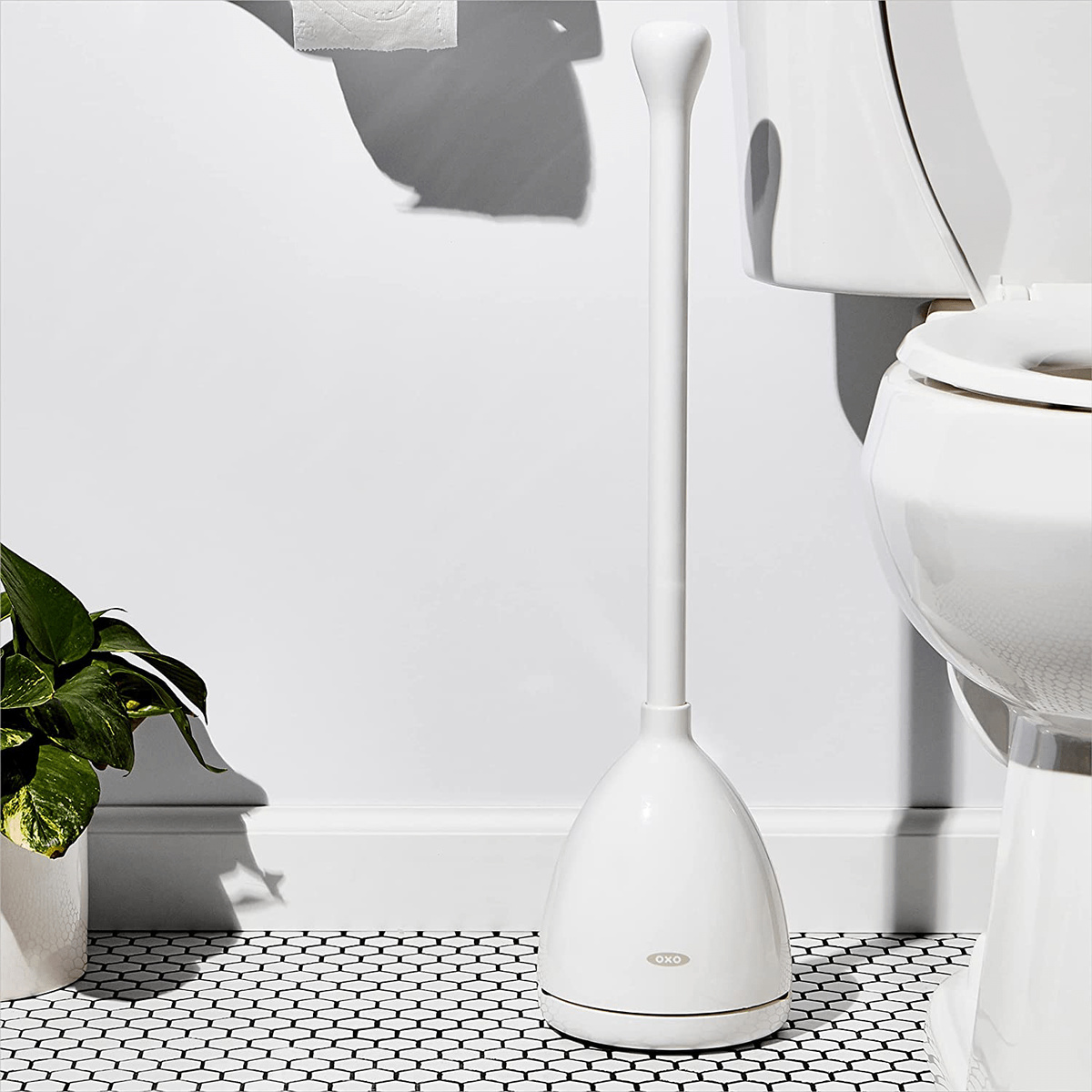
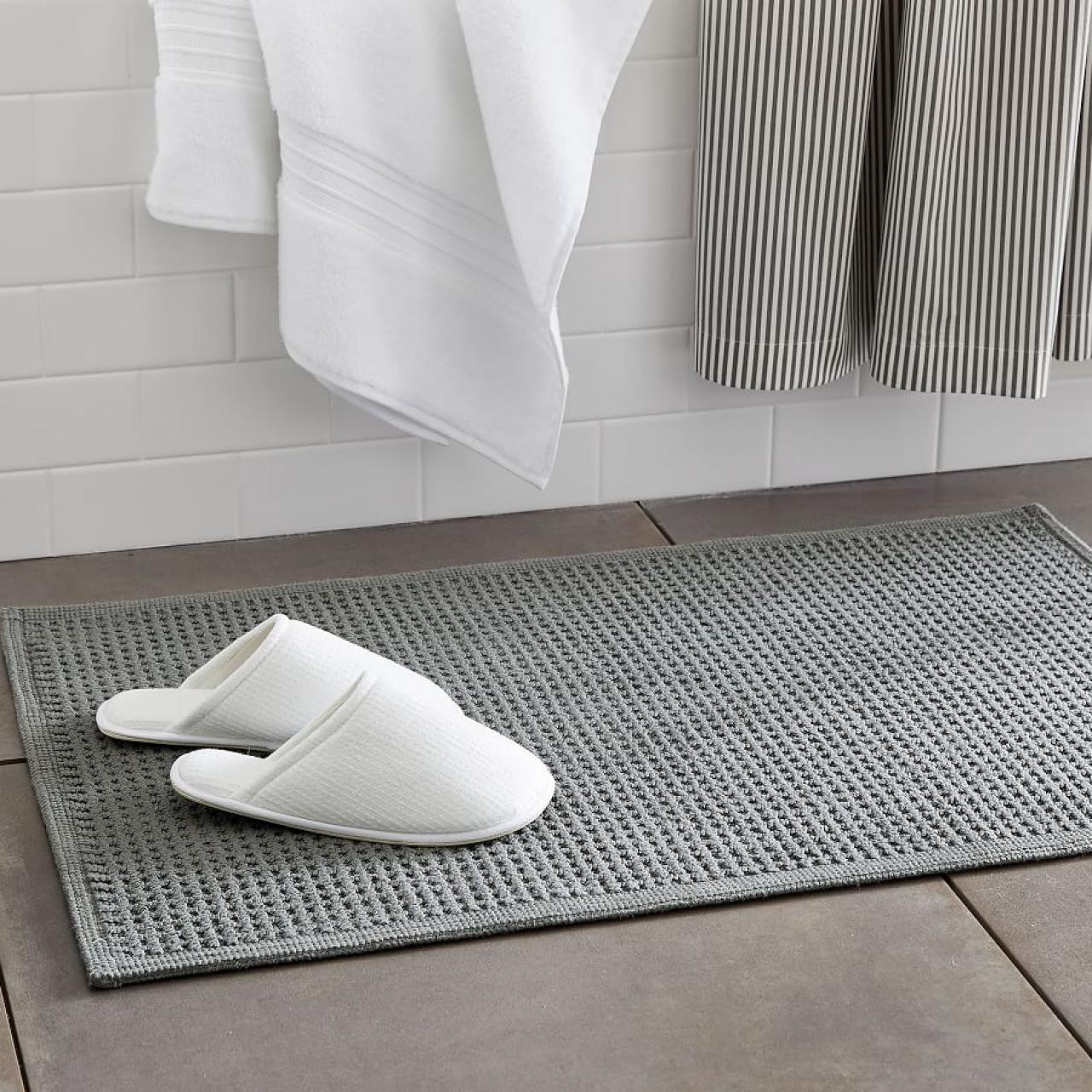
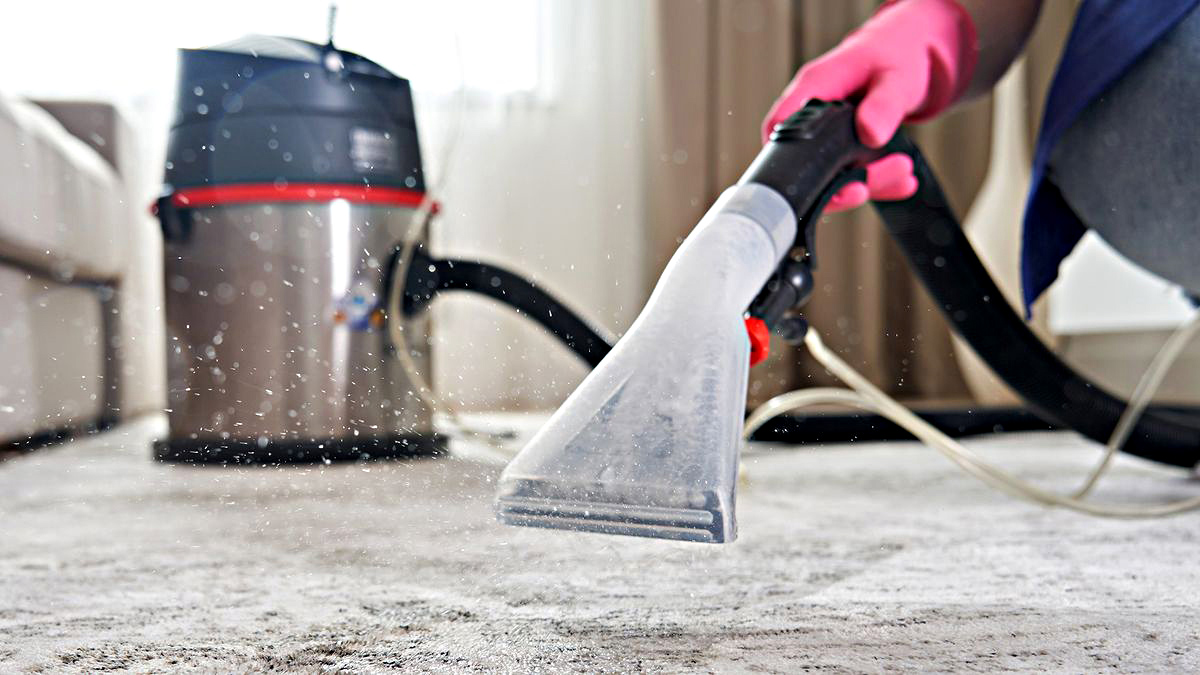

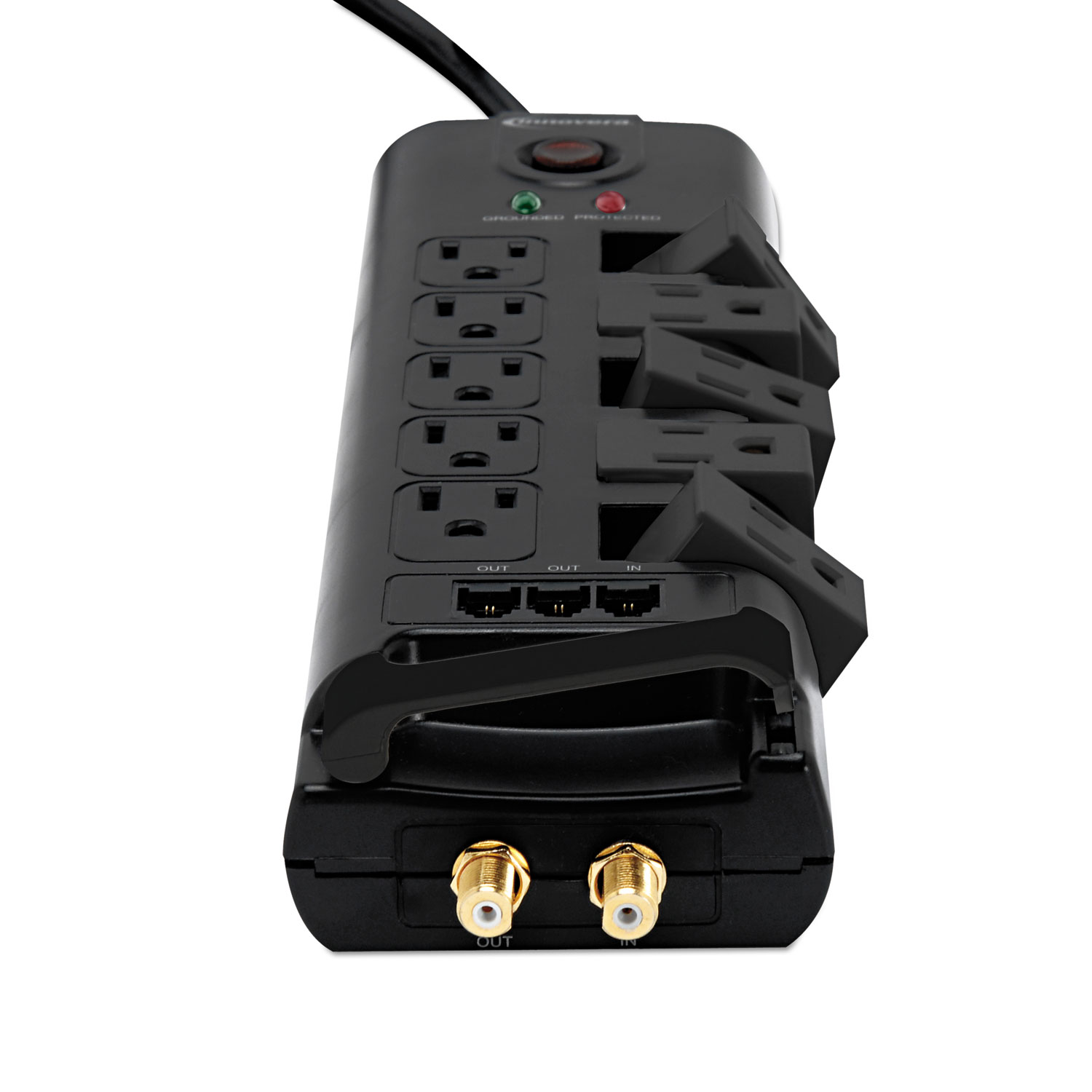

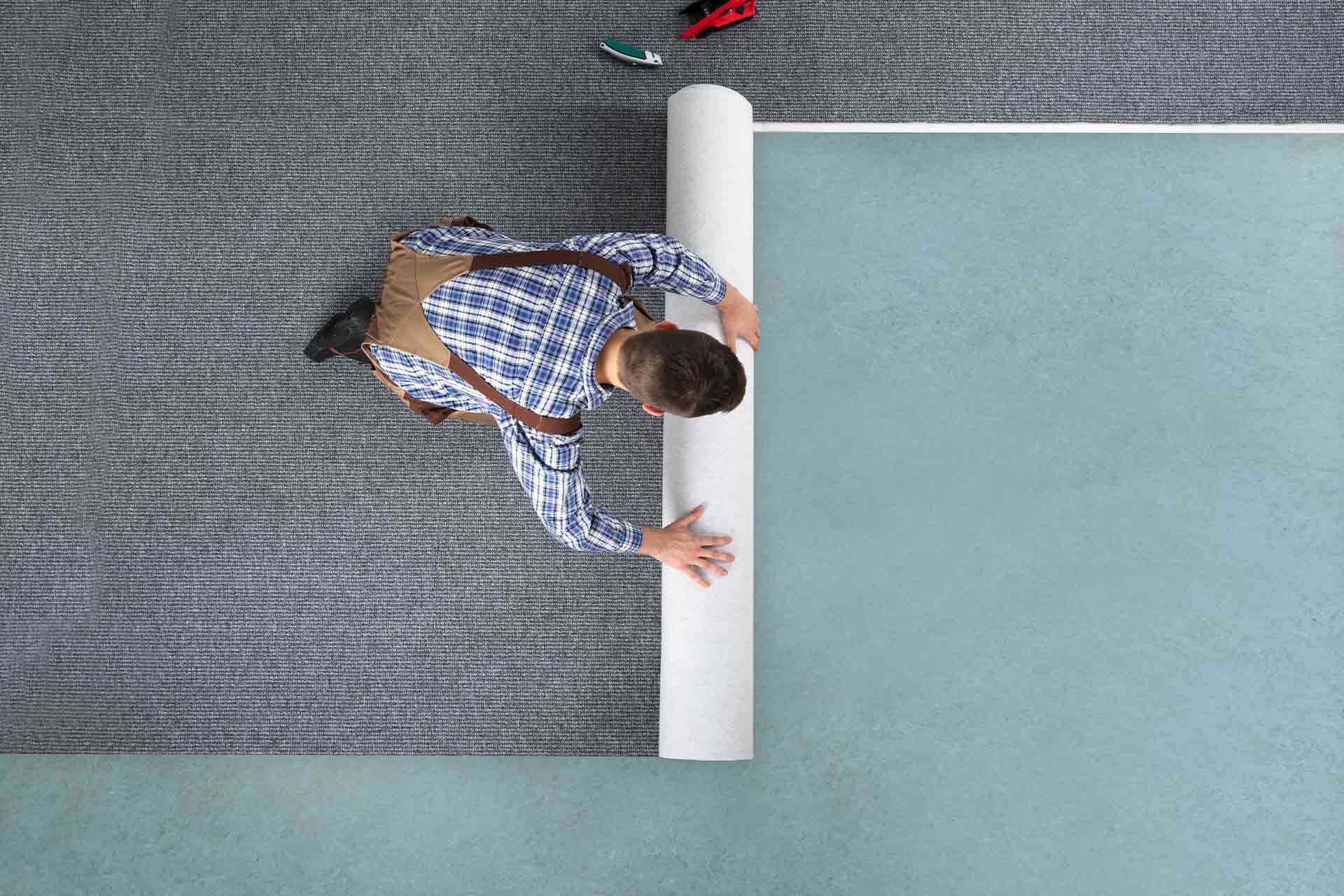
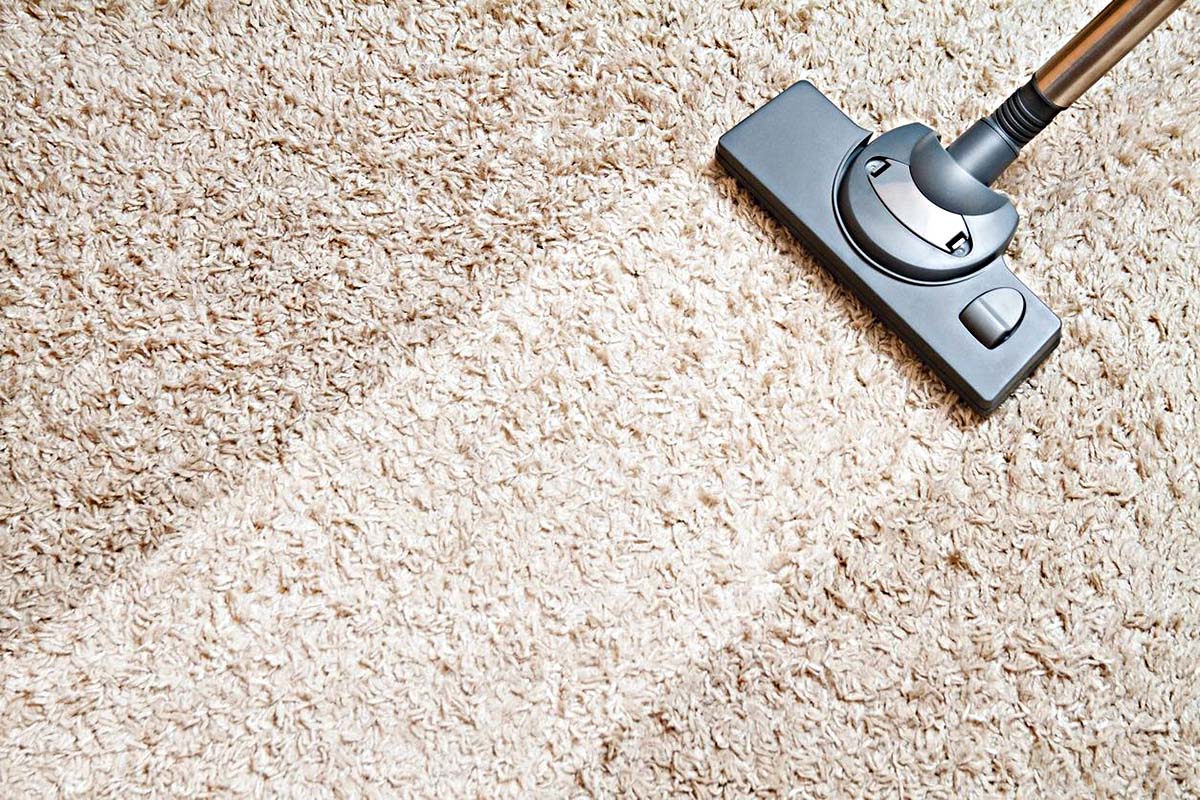
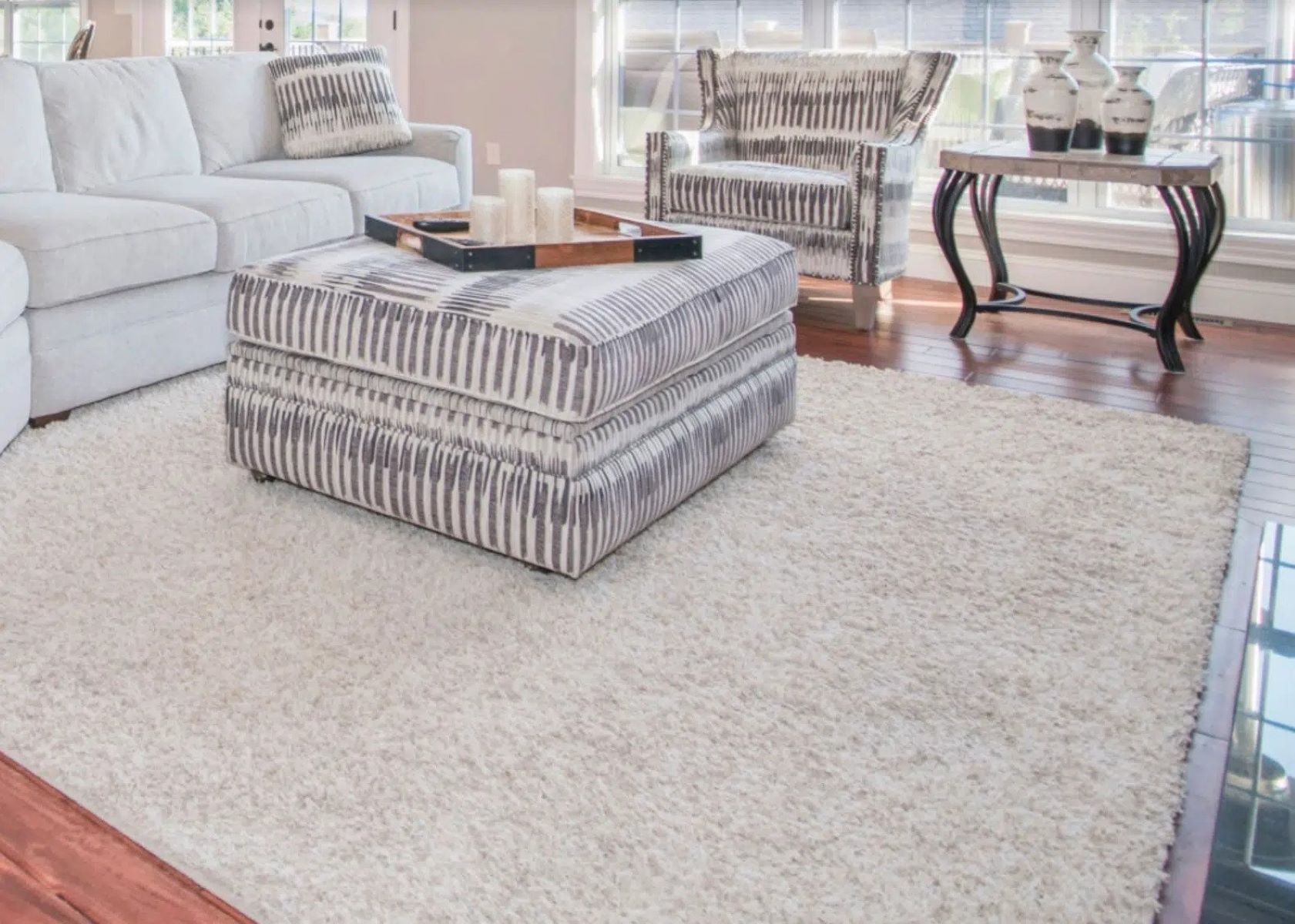
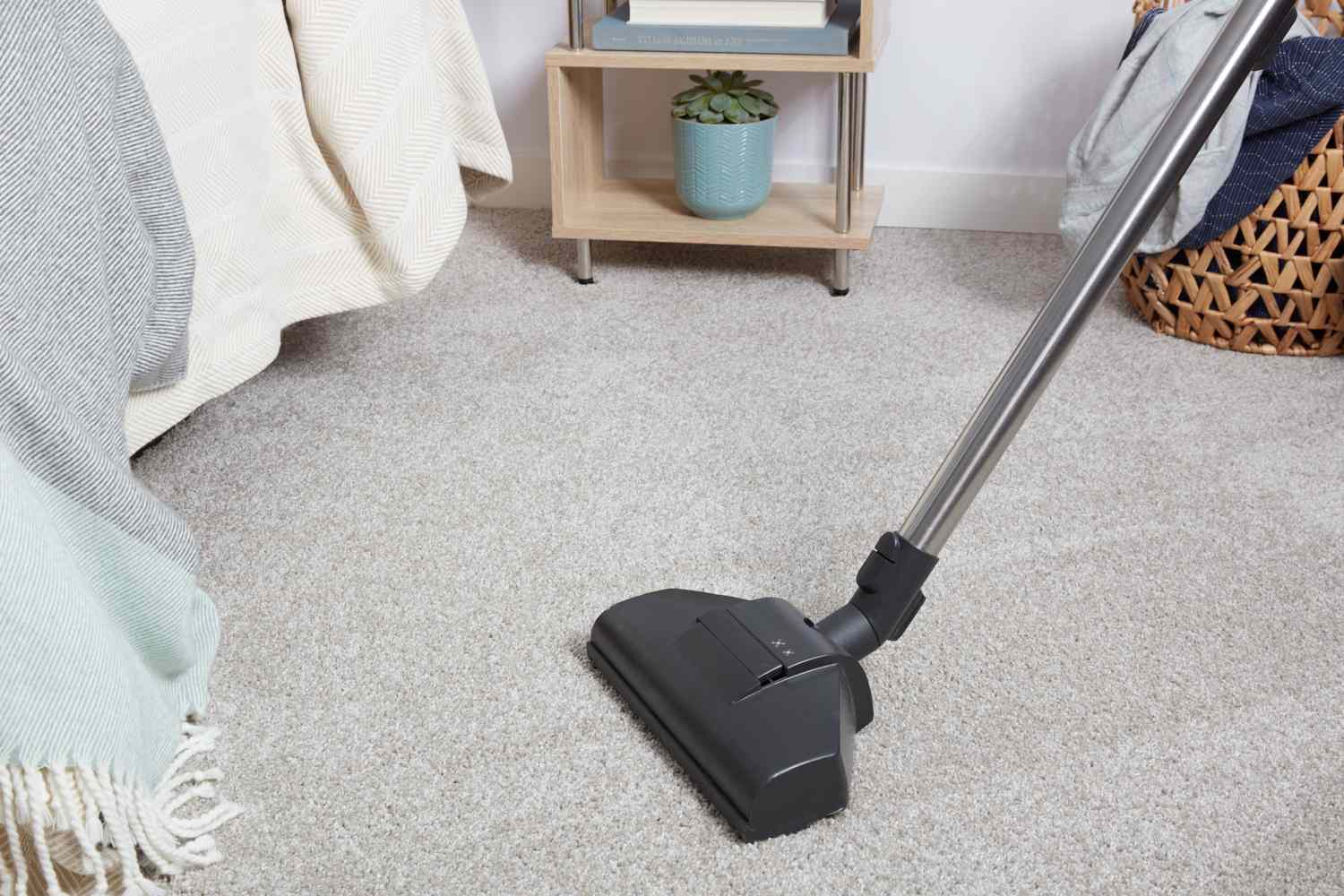




0 thoughts on “How Often Should You Replace Your Carpet? We Ask The Experts”